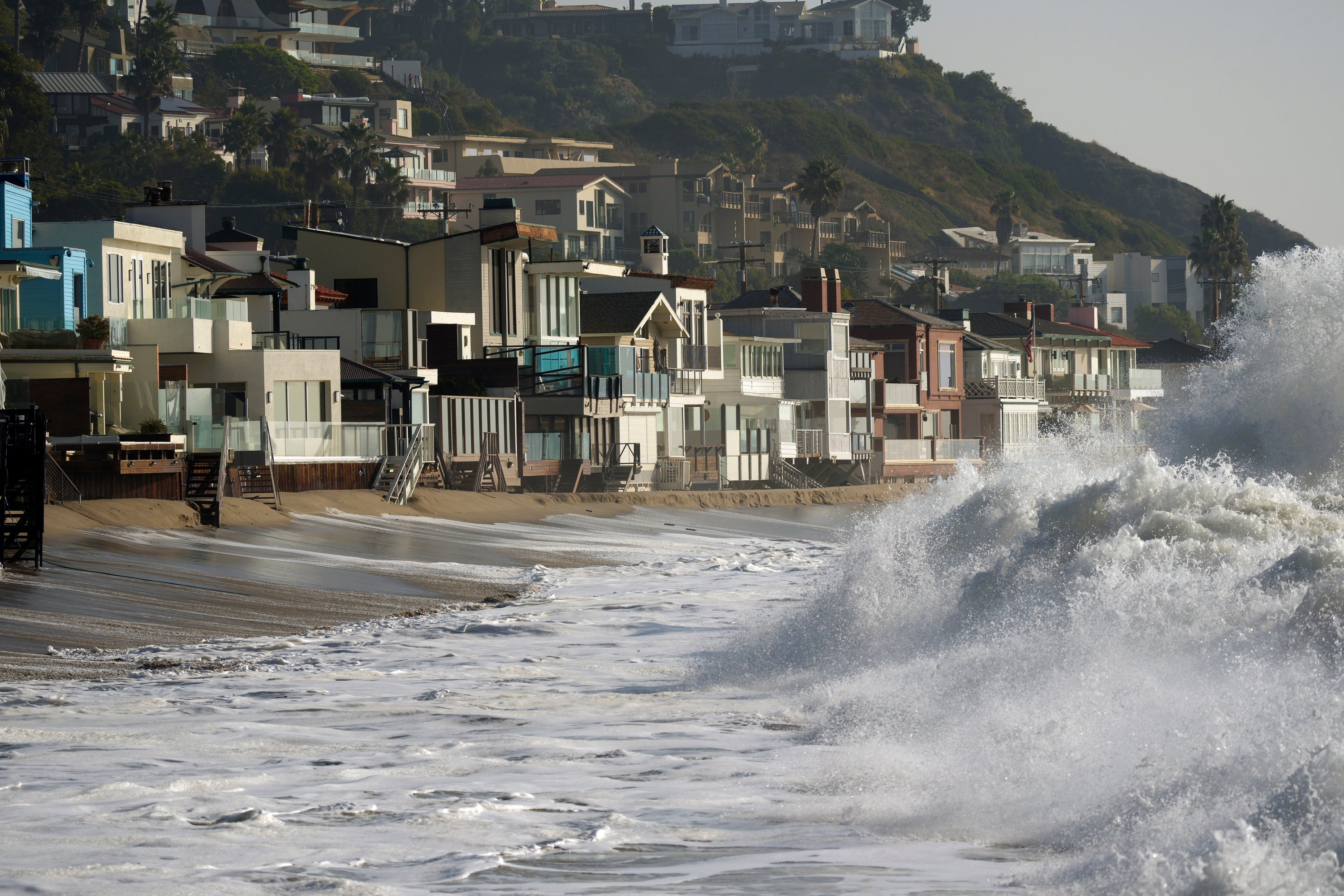An earthquake centered in the Malibu area produced shaking Thursday morning in widespread parts of Southern California from the coast to inland communities. The quake's initial magnitude of 5.1 was soon downgraded to 4.7. It was followed by aftershocks with magnitudes ranging from 1.8 to 3.4 with more aftershocks possible in the hours and days ahead.
Centered just north of Malibu, shaking from the 7:28 a.m. quake at a depth of about seven miles was reported in Malibu, Hermosa Beach, La Mirada, Anaheim, Santa Monica, the Hollywood Hills and parts of the San Fernando Valley. Shaking is more likely to be felt from shallow earthquakes, which are those between 0 and about 40 miles deep.
There were no immediate reports of injuries or significant damage. Trains will be slowed on Los Angeles' Metro system to check for damage, which is standard procedure following an earthquake.
Southern California has felt shaking from several earthquakes in recent weeks, including a magnitude-5.2 quake located south of Bakersfield. This latest earthquake has raised concerns about potential foreshocks.
Understanding Foreshocks
Foreshocks are smaller earthquakes that precede a larger earthquake on the same fault. They are not always present, and their occurrence doesn't guarantee a larger earthquake will follow. However, their presence can indicate a heightened risk of a more significant event.
Seismologists are carefully analyzing the recent earthquake activity in Southern California to determine if the Malibu earthquake could be a foreshock. Lucy Jones, a renowned seismologist, has cautioned against jumping to conclusions. She stated that while the recent earthquake activity is more frequent than usual, it's not yet statistically significant.
California's Earthquake History
California is located on the San Andreas Fault, one of the most active fault lines in the world. This fault system is responsible for some of the most powerful earthquakes in history, including the 1906 San Francisco earthquake and the 1994 Northridge earthquake. These events have highlighted the importance of earthquake preparedness in the state.
What To Do During an Earthquake
The best way to stay safe during an earthquake is to practice 'Drop, Cover, and Hold On'.
-
Drop: Immediately drop to the ground. This helps to reduce the risk of being knocked over by the shaking.
-
Cover: Find a sturdy object to cover your head and neck, like a desk or table. If no cover is available, get under something sturdy and hold on.
-
Hold On: Hold on to the object until the shaking stops. This will help to prevent being thrown around by the shaking.
Following an earthquake, be aware of potential aftershocks, which can be just as strong as the initial earthquake.
The Future of Earthquake Prediction
While predicting earthquakes with absolute certainty remains a challenge, scientists are constantly working to improve our understanding of earthquake behavior. This includes developing advanced monitoring systems and using artificial intelligence to analyze vast amounts of data. These efforts aim to provide better warnings and improve our ability to prepare for and mitigate the impact of earthquakes.
A Reminder to Stay Vigilant
The recent earthquake in Malibu serves as a reminder that earthquakes are a reality of life in California. While we may not be able to predict when they will occur, we can take steps to prepare ourselves and our communities for these events. By staying informed about earthquake preparedness, we can minimize the risks and ensure our safety during these natural disasters.
Staying Safe and Informed
The California Governor's Office of Emergency Services (Cal OES) offers a wealth of resources for earthquake preparedness: https://www.caloes.ca.gov/
Download the MyShake earthquake early warning app: https://myShake.org/

















